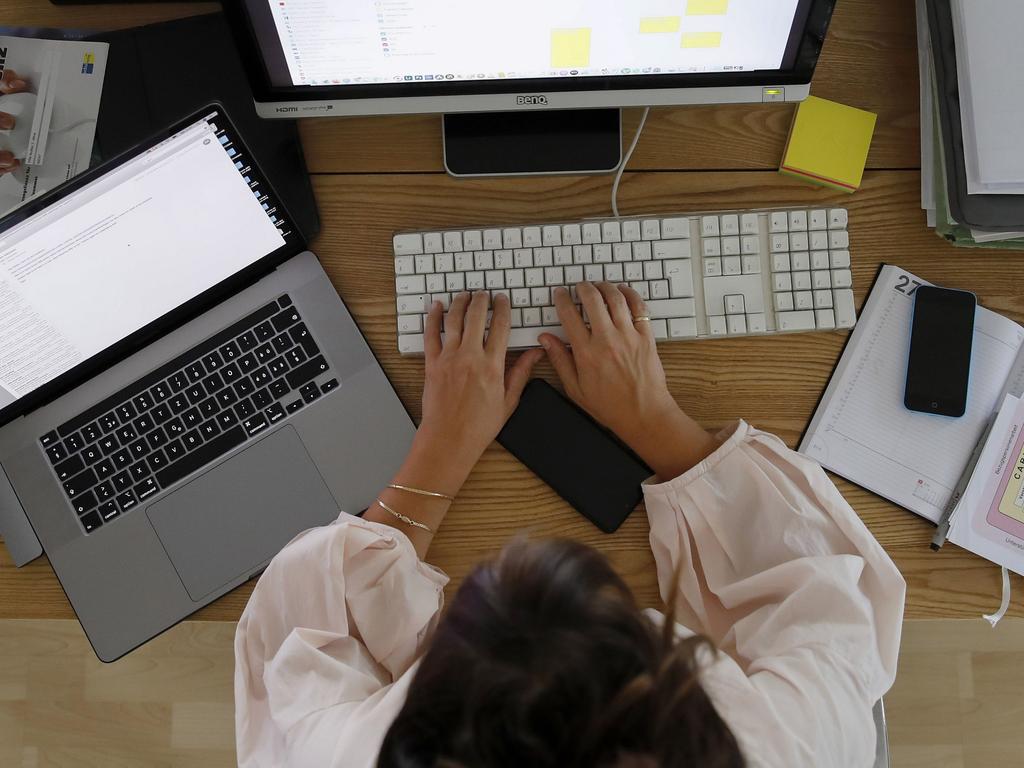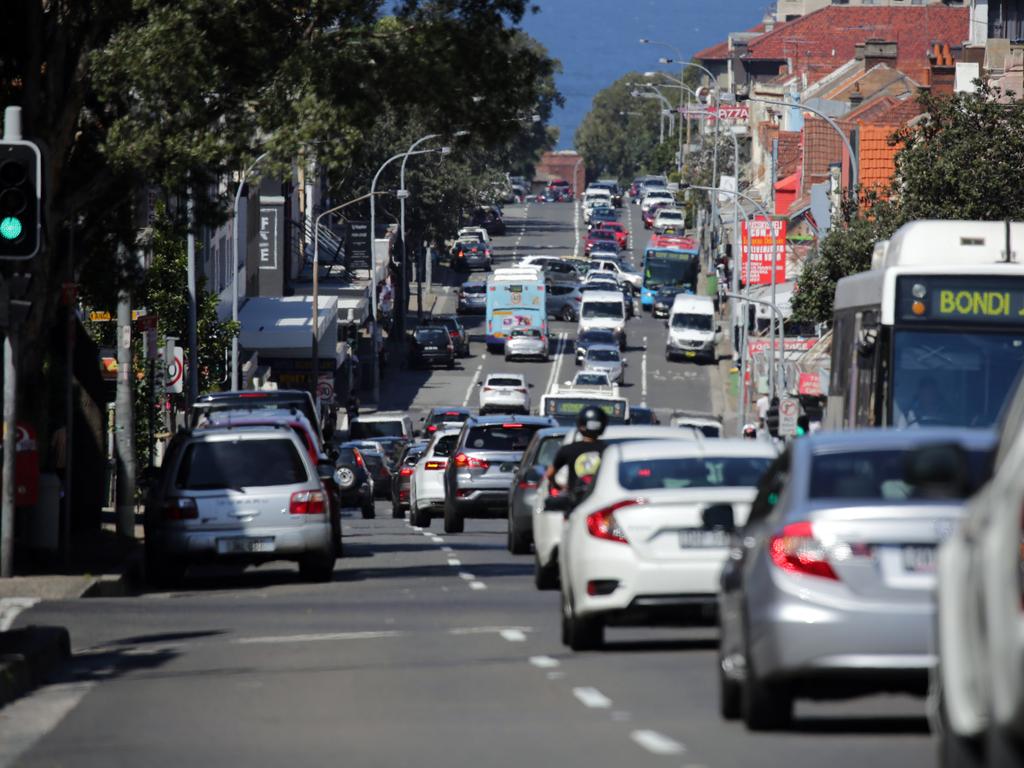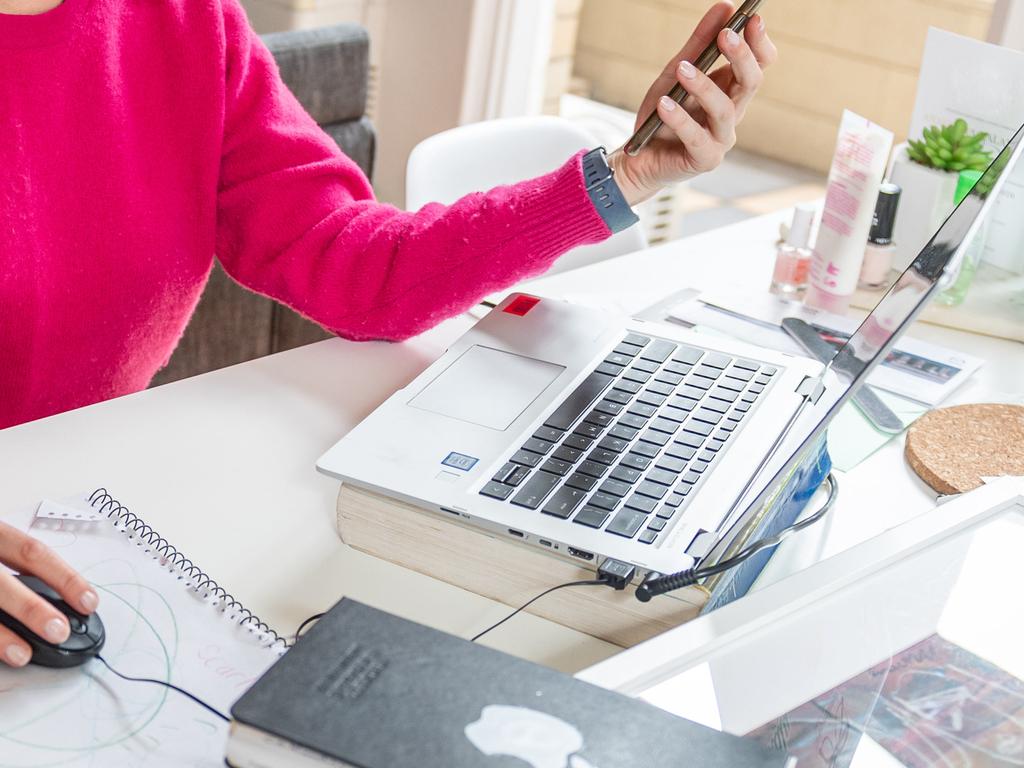Australian workers frustrated it took coronavirus pandemic to work from home
A workplace expert has identified the simple steps to keeping workers and bosses happy even when they can’t see each other.
Around three out of four Australian workers were frustrated that it took a pandemic for them to be able to work from home, but a similar amount of people miss going into the office.
According to enterprise software giant Atlassian’s work futurist Dom Price, workplaces will need to provide more “flexibility” when bringing people back in to the office.
Atlassian surveyed more than 1000 Australian workers and more than 5000 around the world in a three month study on how the coronavirus pandemic had impacted workers.
The responses showed 77 per cent of us think we’re spending more time co-ordinating with colleagues via emails and texts, but overall work life balance has improved thanks to people not having to commute into offices or punch a 9-5 clock.
But a similar proportion of respondents said that while working from home they “missed the energy of the office”.

RELATED:‘Stinks to high heaven’: Wage freeze fury
RELATED: Good news coming for Aussie job seekers
Mr Price said leaders were “grasping” for a one size fits all solution, which he thinks doesn’t exist.
“I think we’re in a time of mass personalisation … I think we’re about to enter this time of a hybrid workforce, like a choose-your-own-adventure.”
Mr Price noted workers are spending more time reporting what they have done while on the clock.
“We’ve not yet learned what it means to be a distributed employee: How do you show presence and show impact without physically seeing your boss every day?”
He said the responses showed workers “felt like they could have been working from home” before the pandemic had hit, “but there was something in the way of that”.
“I don’t think it’s technology, it could be trust from senior leaders that was getting in the way of giving people a chance,” Mr Price said.

RELATED: 1000 emails ‘unintentionally’ leaked
Chief information officer at Australia’s largest publicly listed cybersecurity company Pure Security Michael McKinnon said the idea that employees couldn’t be trusted to work from home, from a cybersecurity standpoint at least, “isn’t backed up by the numbers”.
“It’s largely driven by paranoia from managers and company directors,” Mr McKinnon said.
“Mistrust of employees is one of the most overrated threats and the rise in work-from-home during the pandemic has seen more companies begin to fear this. However, the data shows the malicious incident rate is very low.”
He said the while accidents do happen, they’re usually just accidents.
“Employees are very unlikely to intentionally engage in malicious activity. Instead what happens is human error, it’s accidental mistakes that may compromise security. This is why organisations need to provide all their staff with security awareness training and teach staff how to detect fraudulent websites and scam emails and not open them,” Mr McKinnon said.

Mr Price said there was a “tension” between leaders wanting “certainty” and workers wanting “flexibility”, but he warned against workplaces using things like surveillance software that monitors what workers are up to while they work from home.
“That’s not how it works,” Mr Price said, noting the solution was simple, even if some might view it as the radical plan of a “maverick”.
“If you say you’re ‘a people organisation’ and you care about your people, just show that … instead of managing them like an asset or resource, treat them as humans.”
Mr Price said the ability to work from virtually anywhere “gives us a chance to reinvent the office, which has probably been due for an overhaul for about 50 years”.
He said many of the offices he visited looked like they were inspired by Microsoft Excel rather than focused on any sort of collaboration or creativity.
“I think there’s some collaboration that will still require people to come together daily, but there are a whole heap of other tasks that you can pretty much do from anywhere.”
He said that embracing a more flexible working environment would also open up workplaces to more diverse workforce participants like people who had home-based caregiving commitments or disabilities that prevented or made it difficult for them to come into a physical office.



